Working papers
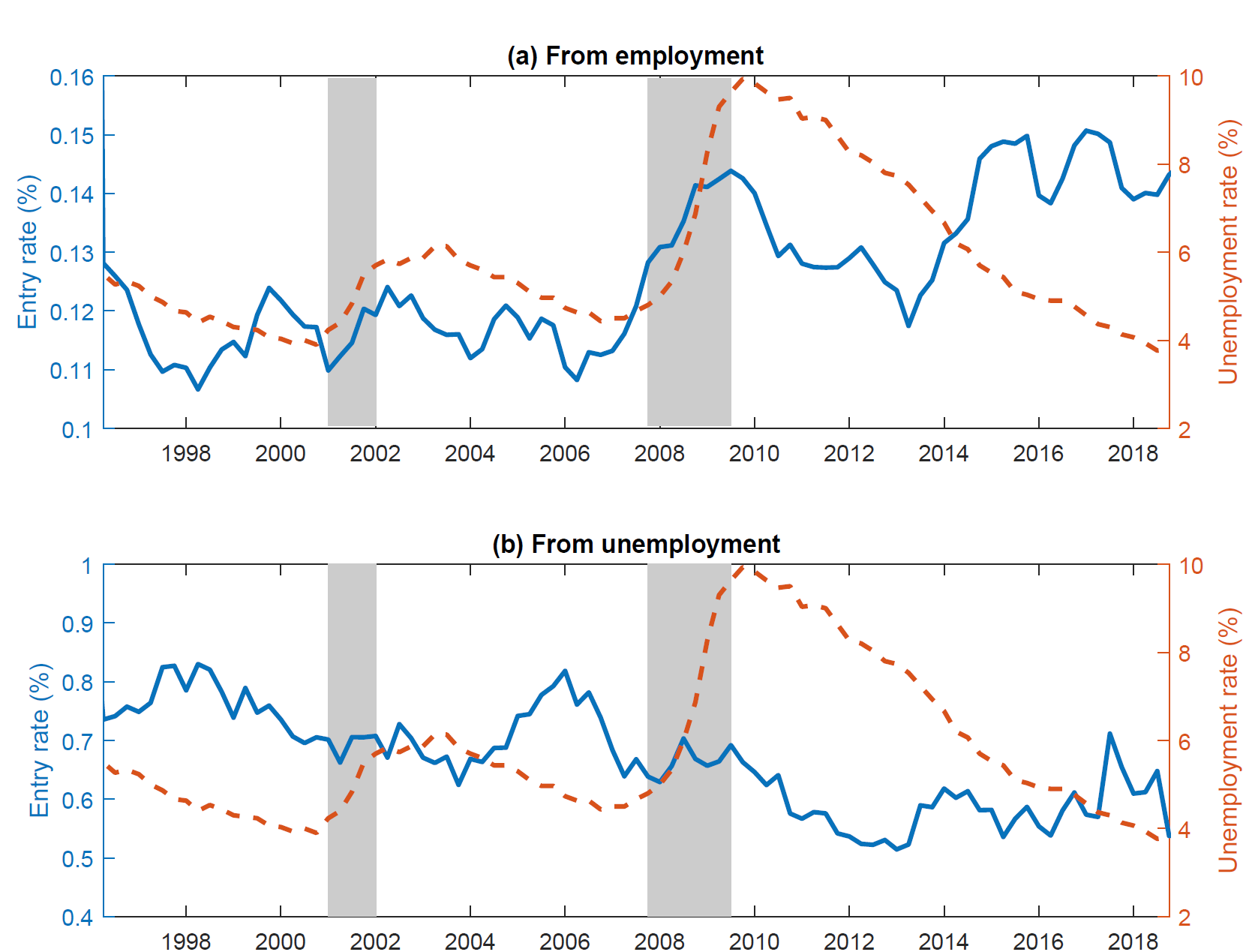
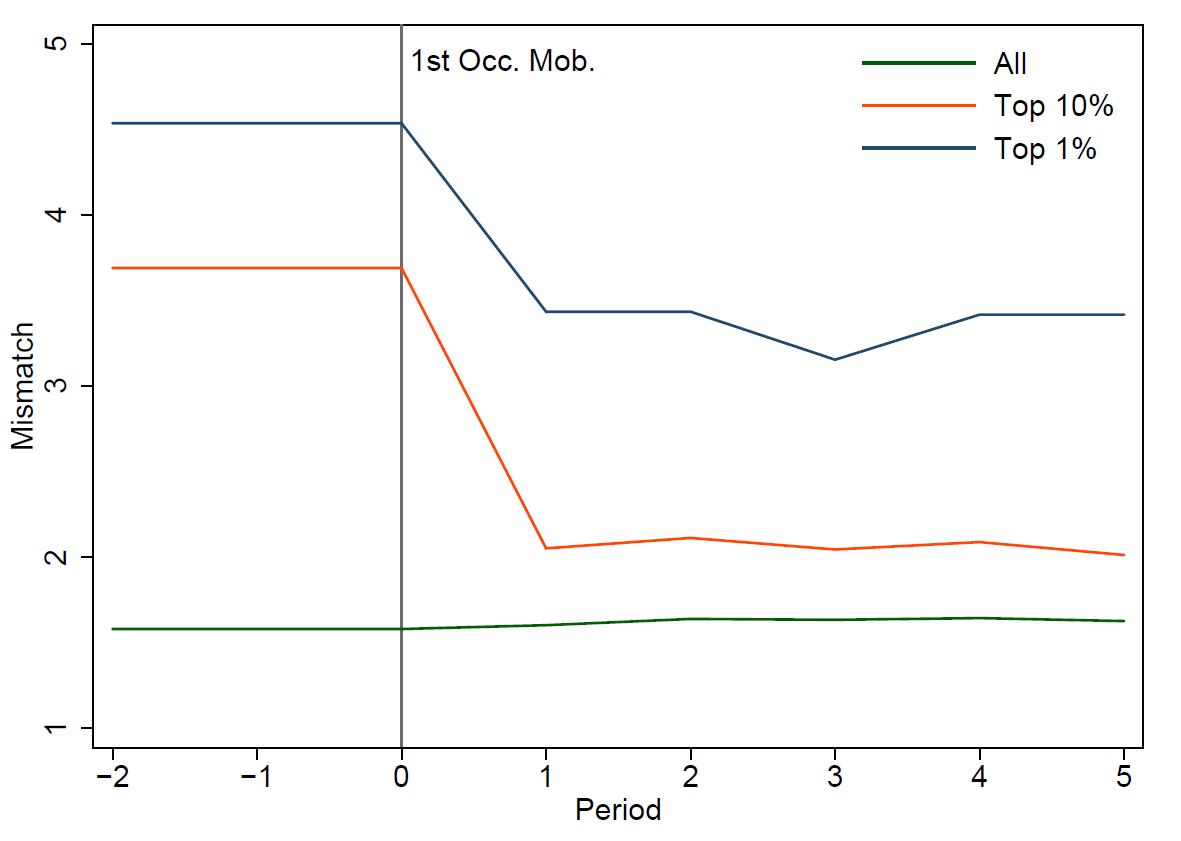
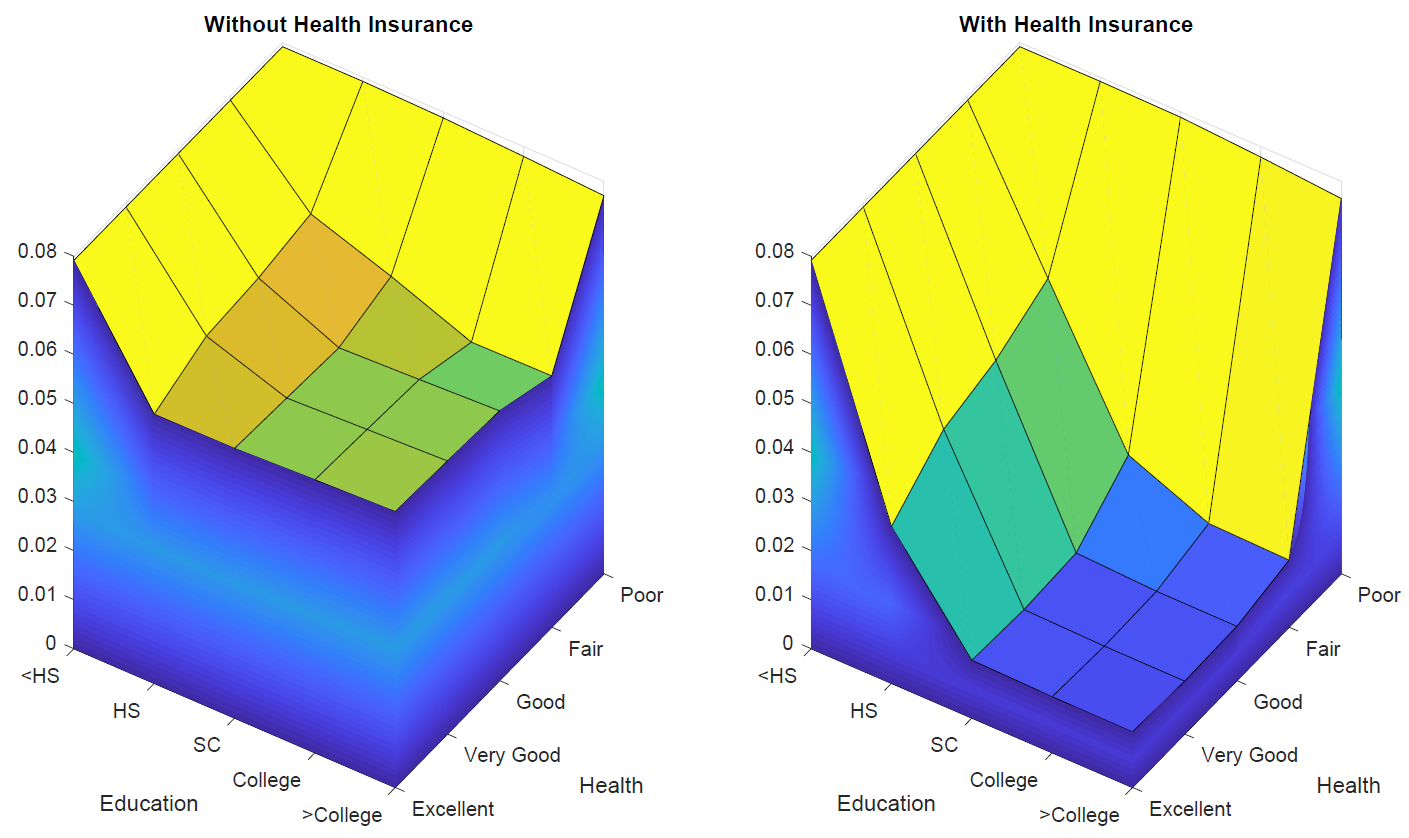
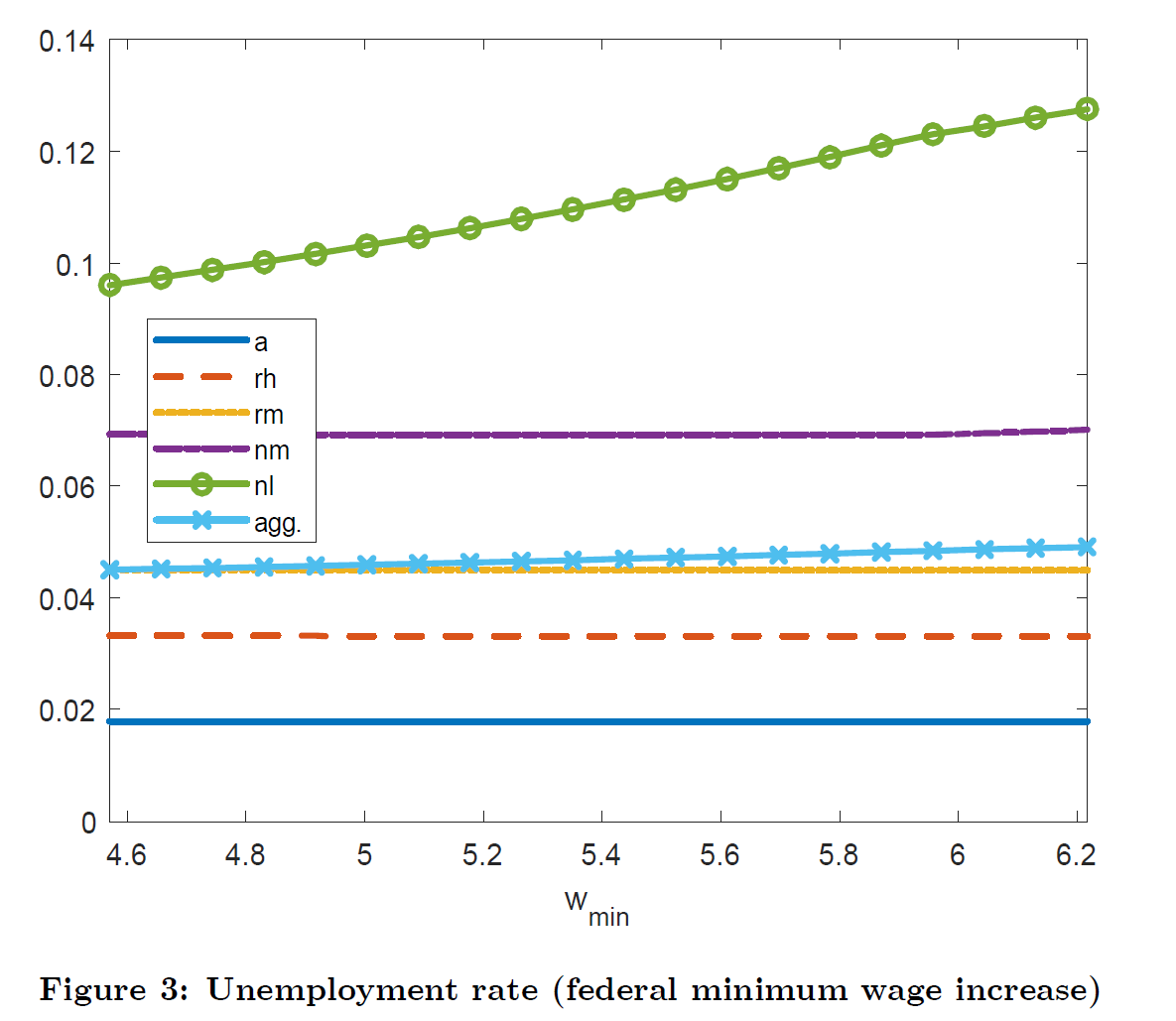

PUBLICATIONS

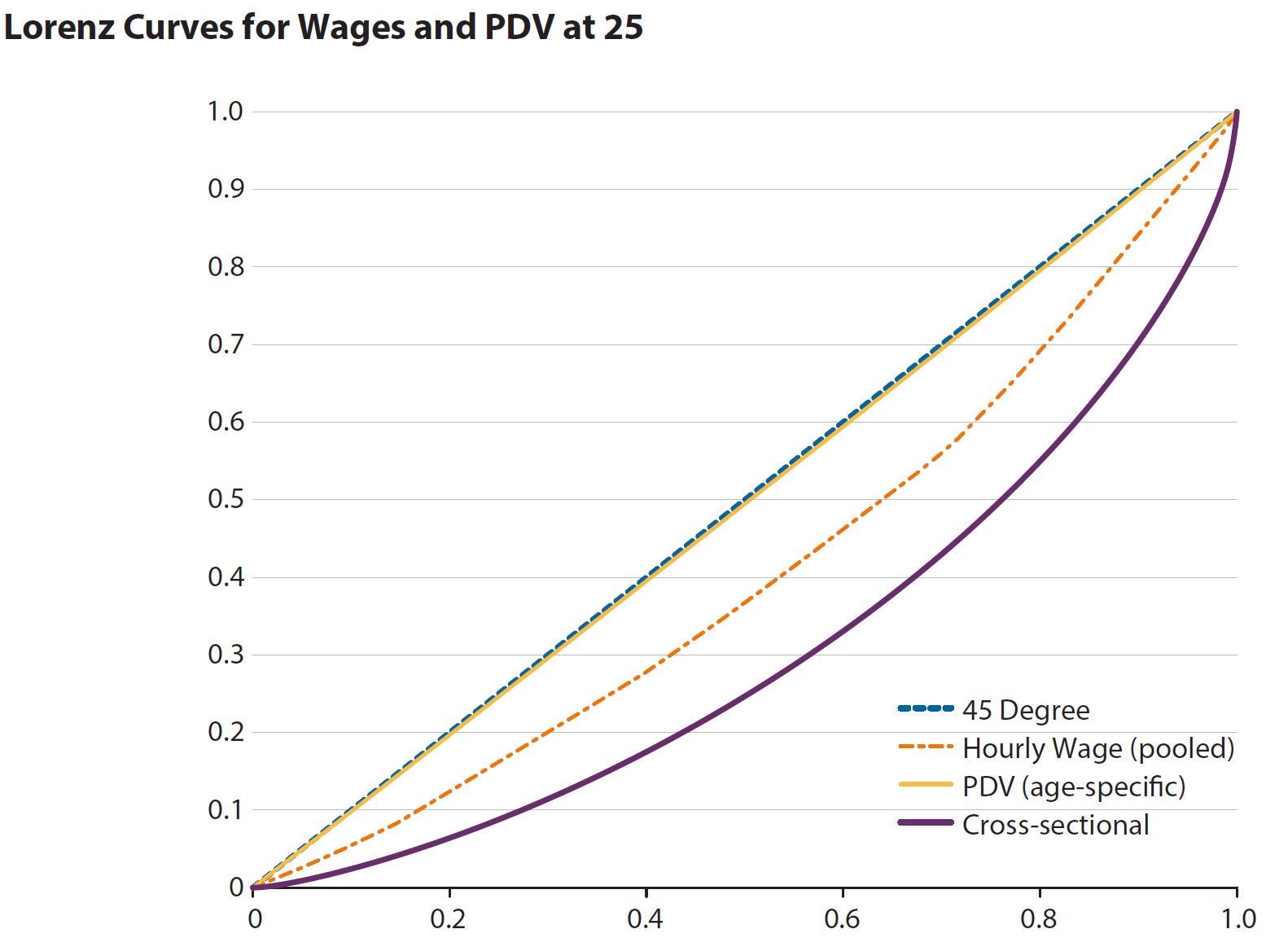
Federal Reserve Bank of St. Louis Review, Third Quarter 2019, pp. 231-44
People’s occupations have a significant amount of information about their wages. However, because people—especially young workers—go through multiple occupations and employment statuses during their working lives, we find that their occupations at a young age do not predict their lifetime earnings well. When educational attainment and gender are considered, we find that across education-gender groups the differences in lifetime earnings are even larger than the differences in average occupational wages: Workers in high-wage education-gender groups (men with college degrees, for example) work more (at the extensive margin) and are more likely to have higher-paying occupations.